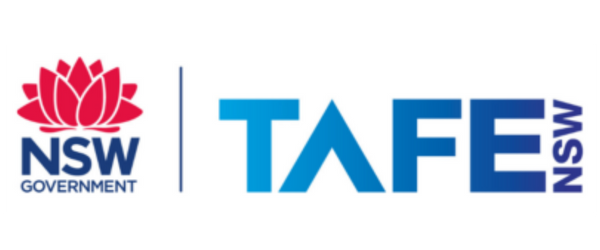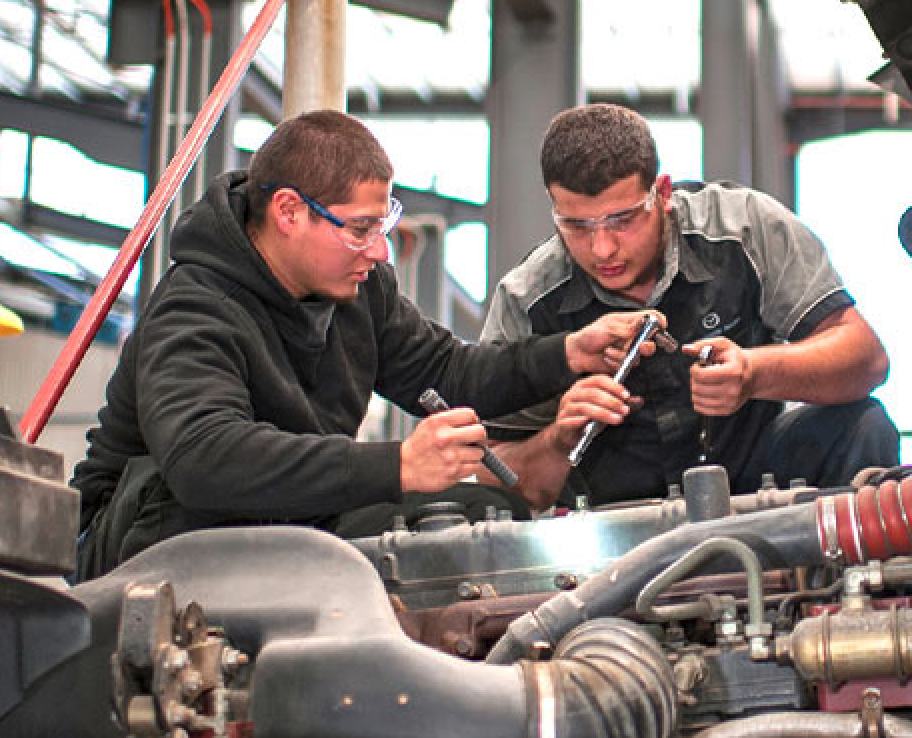TAFE NSW is a well-known known training and education institution. But what’s not so well known is that beneath the surface, there has been 11 separate RTO’s – regional training organisations – sitting beneath the TAFE brand, and each one operating relatively autonomously. In other words, TAFE operated as a number of silos.
‘One TAFE’ was an organisational design project (ODP) that sought to create a seamless experience across TAFE while reducing the cost to serve students. In other words, break down the traditional silos. Delivering a new contact centre platform was a key part of the One TAFE project.


TAFE NSW is the NSW Government’s public provider of vocational education and training (VET) and is the largest education and training provider in Australia. It has around 15,000 staff and has 250,000 – 270,000 students enrolled across 130 campuses, including both urban and rural NSW. Servicing students and prospective students are 370-400 contact centre agents.
Prior to the One TAFE project, a range of process, structural and technology issues created a poor and disparate student experience across TAFE: unnecessary hand off points between different parts of TAFE, greatly varying service quality, and unnecessary cost as ‘internal transfers’ were actually done by establishing new PSTN calls. From a student perspective, there was no single point of resolution for a given issue and no clear accountability. From a technology perspective, there were multiple contact centre platforms – some without any support in place – which represented a huge risk for the organisation.
Compounding the inefficiency was the manual reporting which meant call data and analytics could not be actioned quicky. Information was aggregated using spreadsheets and shared via SharePoint which in itself created a significant workload and time delay.
As a key pillar in the One TAFE project, TAFE selected Kytec to deliver Cisco Unified Contact Centre Enterprise – a single platform supporting the entire TAFE community – providing a seamless experience for students and staff, independent of where the call was initiated or the destination person or department.
Now, because all agents are part of the same pool, the call load can easily be shifted so resources can be used for efficiently. And the experience is consistent from a student’s perspective.


The new platform delivers actionable insights at the click of a button which means wait times, call handling times, call abandon rates and the deployment of resources can be managed in real time. Now data is used to drive decision making in real time. Previously, collating data was a manual process that took half a day each time.
TAFE has incorporated a range of additional channels including chat, chatbots, web and email and each agent has their preferred mix. In fact, 17% of all enquiries are now resolved via the TAFE website rather than an agent.
Another way of helping callers and reducing the load on agents is through announcements made via the IVR which can easily be updated, instantly. And call recording is simple and universal, whereas previously it was patchy. And post-COVID, the platform allows staff to work from home while still having resources and functionality at their fingertips.
Deanne Byrne, Manager, Performance and Insights at TAFE: “We knew what we wanted to achieve with the project, but we are not contact centre experts, so we were happy to work with Kytec. Not only did they bring a wealth of knowledge from previous deployments, but their engagement process was all about understanding our requirements and making recommendations. They gave us a clear understanding of what was possible as well as any future functionality that we could take advantage of”.
“Kytec was able to deliver the project ahead of schedule which was a real triumph given that it was a massive change project for TAFE”.
“We are very happy with where we are at. The best and simplest way to describe what we have achieved is that we have turned our contact centre into a service centre”.
